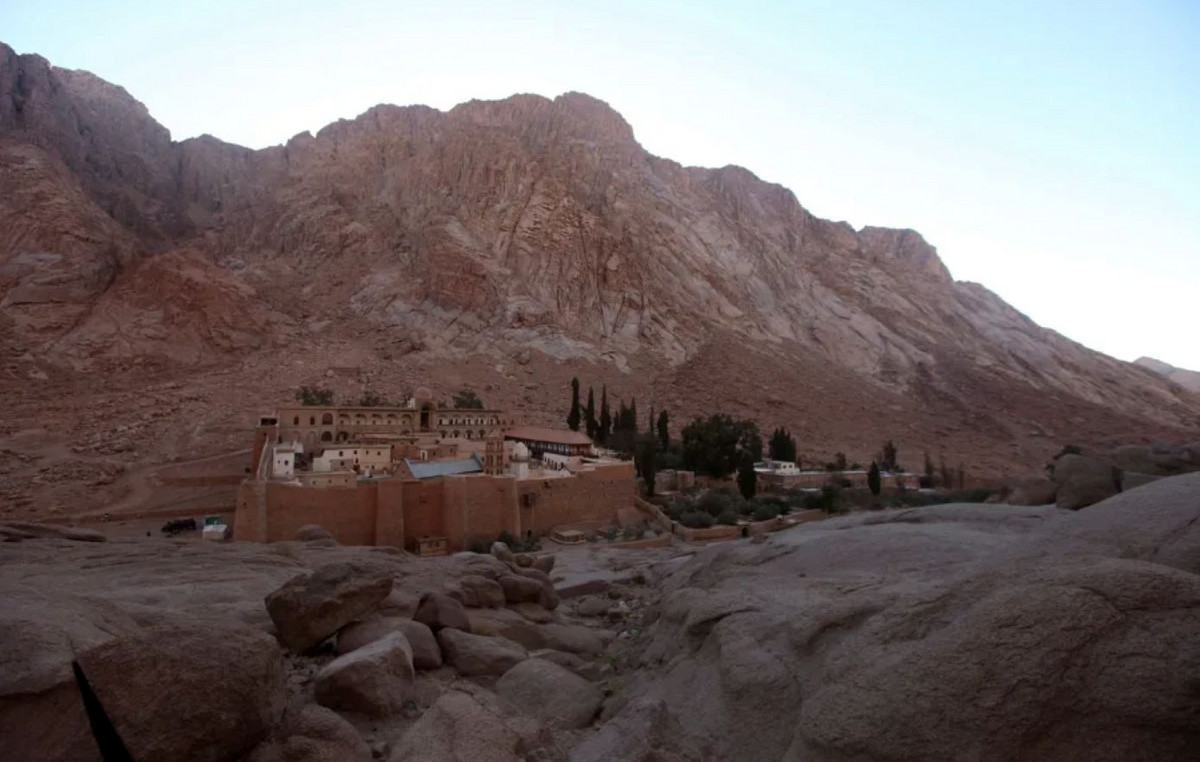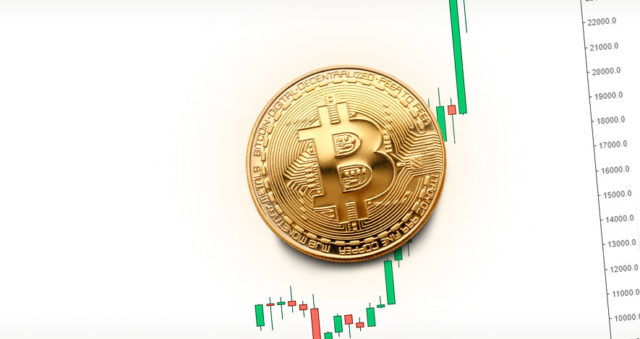The pandemic forced Brazil to close 11.3 million jobs in a country that already had 12 million jobless people in March 2020, before the coronavirus spread here, according to the Continuous National Household Sample Survey (PNAD). Continuous), of the Brazilian Institute of Geography and Statistics (IBGE).
In 2021, even with a gloomy infection scenario in the first semester, things improved slightly – thanks to the vaccination and the resumption of activities that it provided. The number of employed rose to 90.2 million in September (after dropping to 82.5 million a year earlier). But even so, we still have 3.6 million fewer vacancies than before the pandemic.
Will there be a place for all these people in 2022?
“No. With inflation increasing, the mass of income falling, industry producing less, commerce selling less. So, next year, without a recovery in the economy, it will be difficult for us to recover all these lost vacancies”, says Hélio Zylberstajn, a professor at the Faculty of Economics and Administration at the University of São Paulo (USP).
lower wages
We can, however, recover part of them. The problem, as Zylberstajn explains, is that for several of the vacancies that are emerging now — and that will open next year — they offer lower salaries. The mass of income, that is, the average income of workers, will continue to fall, as it has already been falling drastically in 2021. Currently, it is 11.1% lower than in the third quarter of 2020, according to the IBGE.
The expectations of Luiz Guilherme Schymura, director of the Brazilian Institute of Economics at the Getulio Vargas Foundation (FGV Ibre) are also in line with this.
“The pre-pandemic pattern of the most vulnerable expansion of work seems to be reaffirmed in 2021, comparing the 3rd quarter of this year with that of 2019. Unfortunately, a scenario in which the labor market starts to create jobs from quality, well paid and secure”, he says in a recent publication, whose title is “the trap of creating low quality and high vulnerability jobs”.
This is something that the administrative assistant Cláudia Mendes, from Campinas, is seeing closely. In September, she lost the job she had had for 12 years. “I have done several selection processes online and I see that salaries are lower. 10% thing. Or sometimes they are nominally the same, but the benefits are few and far between. In the end, everything is the same, leveled from the bottom,” she says.
This crushing of the worker’s earnings can, in some way, alienate part of the people who are looking for a job. Although this is not the case for the majority, this group of workers refuses to accept a job with a lower salary.
“This is what we see internationally, in countries that are more advanced in post-pandemic recovery. For various reasons, many of them still not well known, a part of the unemployed stop looking for a job. This could also happen here next year”, says Natalie Victal, economist at Garde Asset Management.
In a way, this is what is happening with Claudia. In her search for a new position, she has been turning down these opportunities with lower salaries. “I’ve set a deadline for next year: if I don’t find anything better by then, then I’ll change my strategy,” she says.
This withdrawal – even if temporary – of some candidates, plus an expected recovery of the services sector – which is traditionally the one that employs the most, compared to industry and agriculture – could make the unemployment rates in 2022 less bad.
The bar and restaurant sector, for example, is already showing a slight recovery. During the months of quarantine, in which this type of business had to close, operate only with deliveries or reduced hours, 1.2 million workers were laid off from a total of 6 million employees. But since the reopening – with immunization expanding – the Brazilian Association of Bars and Restaurants (Abrasel) estimates that 600,000 jobs will be recovered by the end of 2021. Next year.
But, as Zylberstajn said, we are unlikely to create new vacancies. It will be a recovery in part of what has already been lost. “Brazil has been repelling investments instead of attracting”, says Zylberstajn. The threat to the spending ceiling and the energy crisis are the two factors that most frighten investors, who take or end up not investing their dollars here. In 2021, foreign investment in Brazil reached its worst level in the last 12 years, with an outflow of more than US$ 24 billion, according to data from the Economic Commission for Latin America and the Caribbean (ECLAC), linked to the United Nations, released in August .
And that makes the real depreciate. With the dollar more expensive, the price of fuel increases, there is more inflation, less sales – which slows down the economic recovery much slower.
The hope is due to a cooling down in the water crisis, with above-average rainfall at the beginning of the year. With that, the tariff flags should be less drastic. Smaller electricity bills can stimulate economic activity, especially – as we have already mentioned – the service sector: hairdressers, stores, restaurants, etc.
Reference: CNN Brasil
I am Sophia william, author of World Stock Market. I have a degree in journalism from the University of Missouri and I have worked as a reporter for several news websites. I have a passion for writing and informing people about the latest news and events happening in the world. I strive to be accurate and unbiased in my reporting, and I hope to provide readers with valuable information that they can use to make informed decisions.







